As the world grapples with climate change, population growth, and the demand for sustainable food systems, precision agriculture has emerged as a transformative solution. Leveraging data, AI, IoT, and satellite technology, precision agriculture optimizes farming practices—maximizing yields, conserving resources, and minimizing environmental harm. But while this technological revolution is rapidly gaining ground in developed countries, the Global South faces unique challenges that complicate adoption. Yet, the region also offers immense potential, and tailored innovations are opening new doors.
What Is Precision Agriculture?
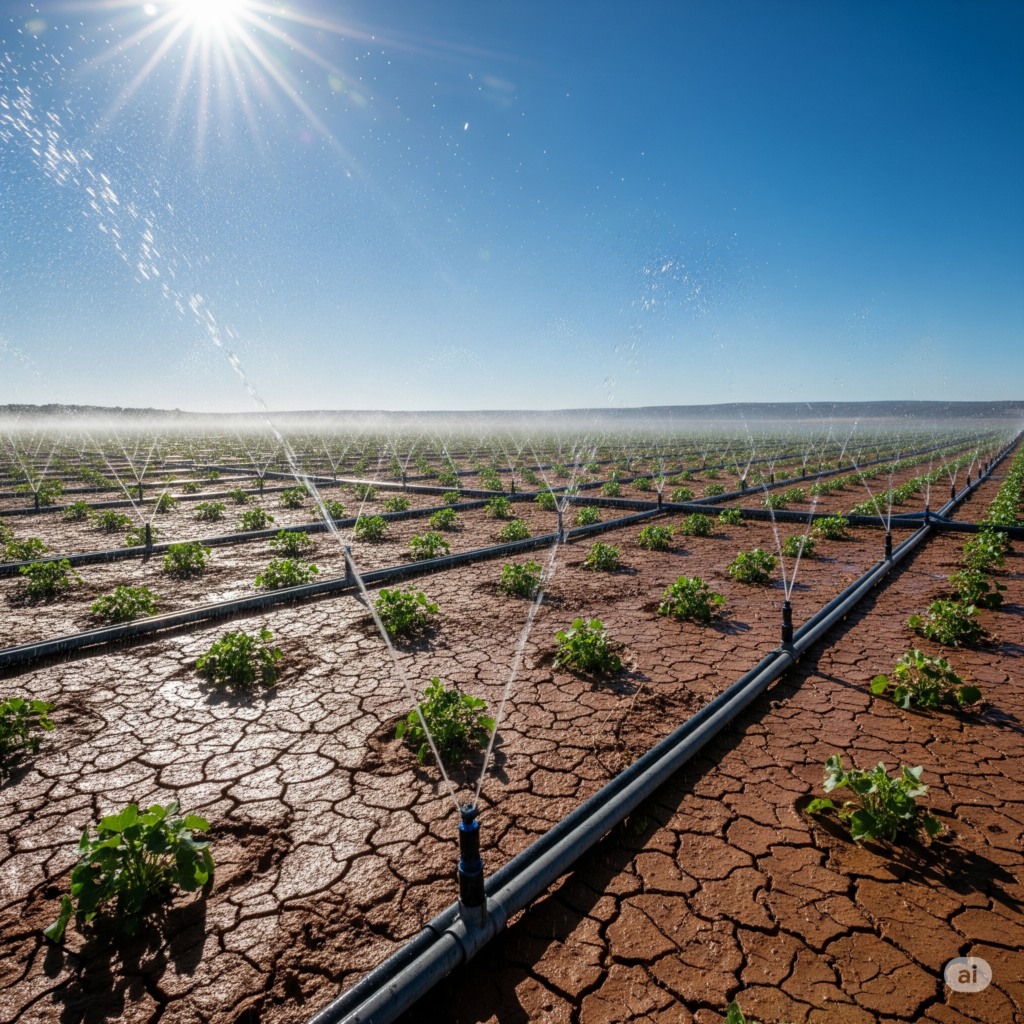
Precision agriculture refers to the use of technology and data analytics to improve farm efficiency and productivity. It includes tools such as:
- GPS-enabled tractors
- Soil and weather sensors
- Drones and satellite imagery
- AI-based crop and disease prediction
- Automated irrigation and fertilization systems
By precisely targeting inputs—like water, fertilizer, and pesticides—farmers can reduce costs, increase yields, and lessen environmental damage.
Why the Global South Matters
Countries in the Global South—spanning Latin America, Africa, and much of Asia—are home to more than 70% of the world’s smallholder farmers, who produce over 30% of global food. These farmers often face:
- Unpredictable weather
- Low productivity
- Limited access to capital and infrastructure
Thus, improving agriculture in the Global South is critical for global food security, poverty alleviation, and climate resilience.
Key Challenges
1. Infrastructure Gaps
- Electricity and connectivity are often unreliable or absent in rural areas, making it difficult to implement IoT-based solutions.
- Transport infrastructure limits market access and logistics.
2. Affordability and Access
- High costs of drones, sensors, and software put precision agriculture out of reach for many smallholders.
- Limited access to credit or microfinance prevents investment in new technologies.
3. Technical Literacy
- Many farmers lack the training to operate advanced tools or interpret data.
- Language barriers and low digital literacy hinder adoption.
4. Policy and Institutional Barriers
- Inconsistent government support, fragmented policies, and weak extension systems slow innovation.
- Lack of standardization in tech solutions reduces interoperability.
5. Data Gaps and Localization
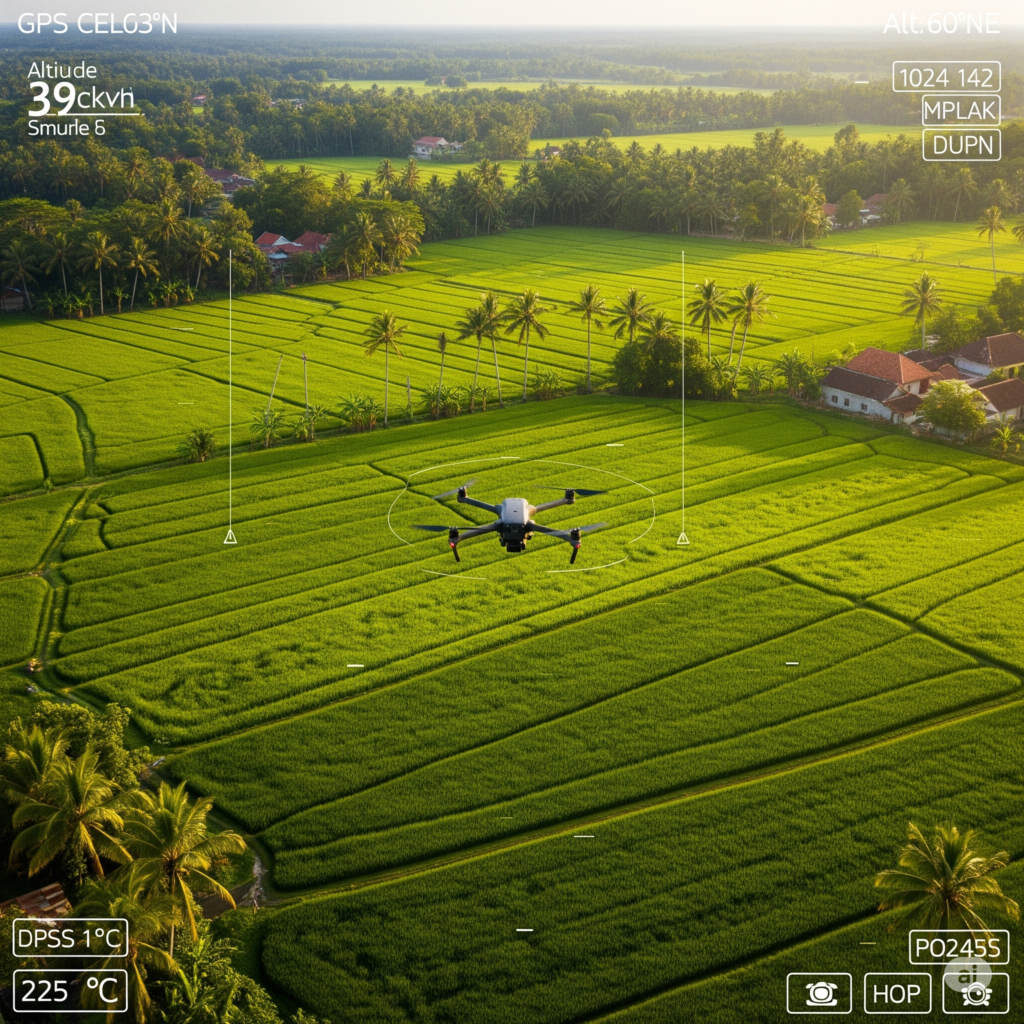
- Many AI models and agri-tech tools are trained on Western datasets.
- Crop, soil, and weather conditions in the Global South are diverse and often underrepresented in global agri-databases.
Promising Solutions and Innovations
1. Low-Cost, Localized Tech
- Startups are designing affordable drones, sensors, and mobile apps tailored for small farms.
- Example: India’s KhetiGaadi and KrishiHub offer vernacular-language agri-tech tools for real-time advice.
2. Mobile-Based Platforms
- Apps using SMS and voice services are reaching farmers with weather alerts, market prices, and crop advice.
- Kenya’s M-Farm and Nigeria’s Crop2Cash are notable examples.
3. Government and NGO Initiatives
- India’s Digital Agriculture Mission promotes drone and AI use.
- FAO and World Bank programs are piloting precision agriculture in East Africa and Southeast Asia.
4. Farmer Cooperatives and Shared Services
- Cooperatives pool resources to invest in tech infrastructure.
- Shared drone and equipment rental services are reducing individual costs.
5. Edge Computing and Offline Solutions
- Devices that process data locally reduce dependence on internet access.
- Offline-first mobile apps allow remote operation with sync-on-connect features.
The Role of Climate Change Adaptation
Precision agriculture also supports climate-smart farming, enabling:
- Drought-resilient cropping through precise irrigation
- Early pest outbreak detection
- Monitoring soil carbon and emissions
These practices are essential in regions where farming is increasingly affected by erratic rainfall, rising temperatures, and soil degradation.
Private Sector and Innovation Hubs
Vibrant agri-tech ecosystems are emerging across the Global South:
- Latin America: Startups in Brazil and Argentina are using AI for soil analytics.
- Africa: South Africa’s Aerobotics and Ghana’s Farmerline combine AI with farmer support.
- India: Over 1,000 agri-tech startups are operating, supported by incubators like T-Hub and NABARD.
Policy Recommendations
To accelerate precision agriculture in the Global South:
- Invest in rural digital infrastructure
- Subsidize tech tools for smallholders
- Support public-private partnerships
- Train agricultural extension officers in digital tools
- Create open, localized datasets for AI and ML applications
Final Thoughts
Precision agriculture holds immense promise to transform farming in the Global South, making it more productive, sustainable, and resilient. While challenges are real, the momentum is growing. With the right support—technological, financial, and institutional—smallholder farmers can lead the next green revolution, powered by data and driven by innovation.
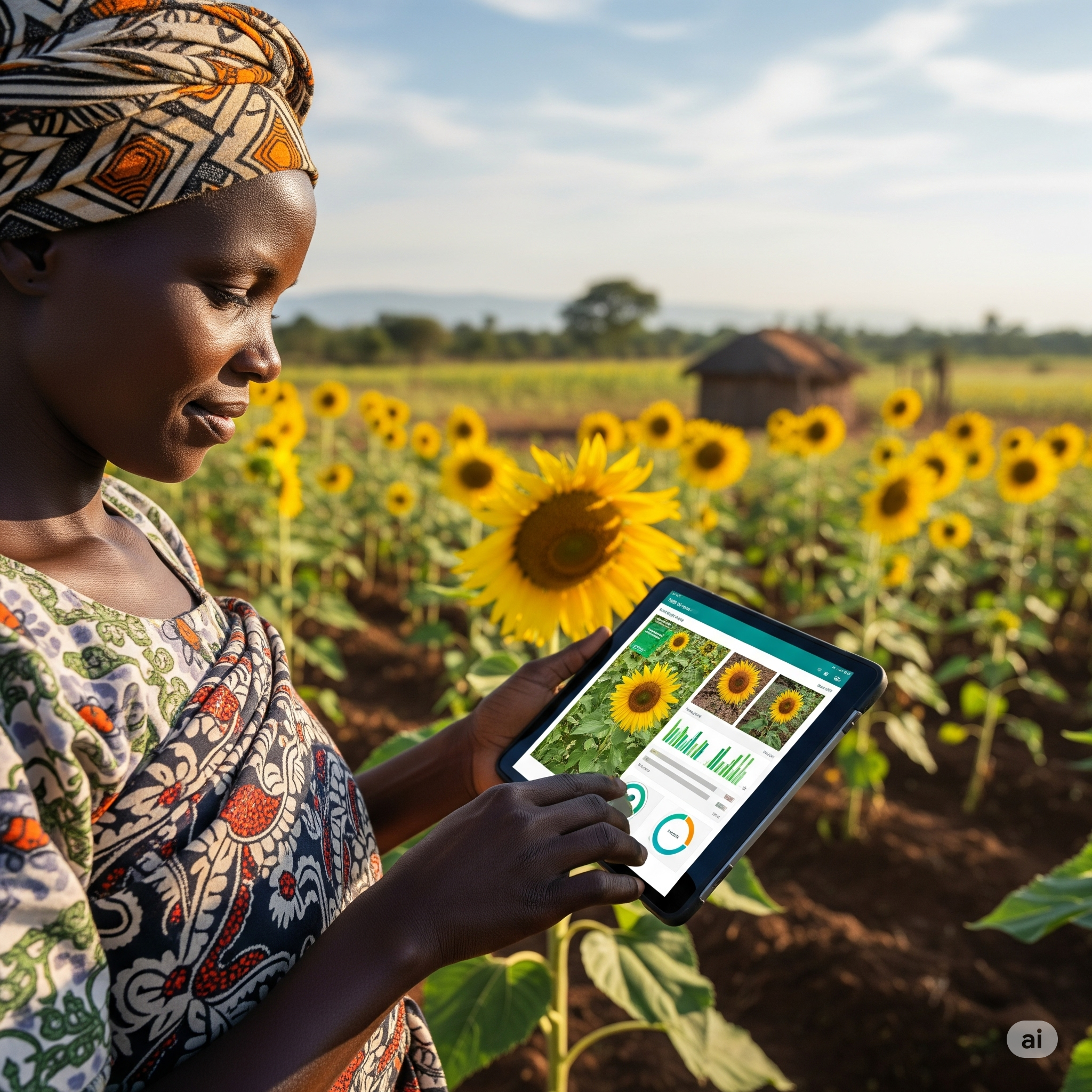
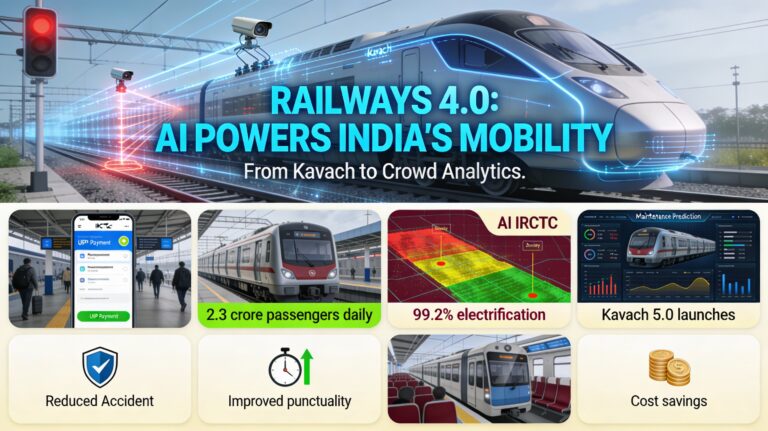
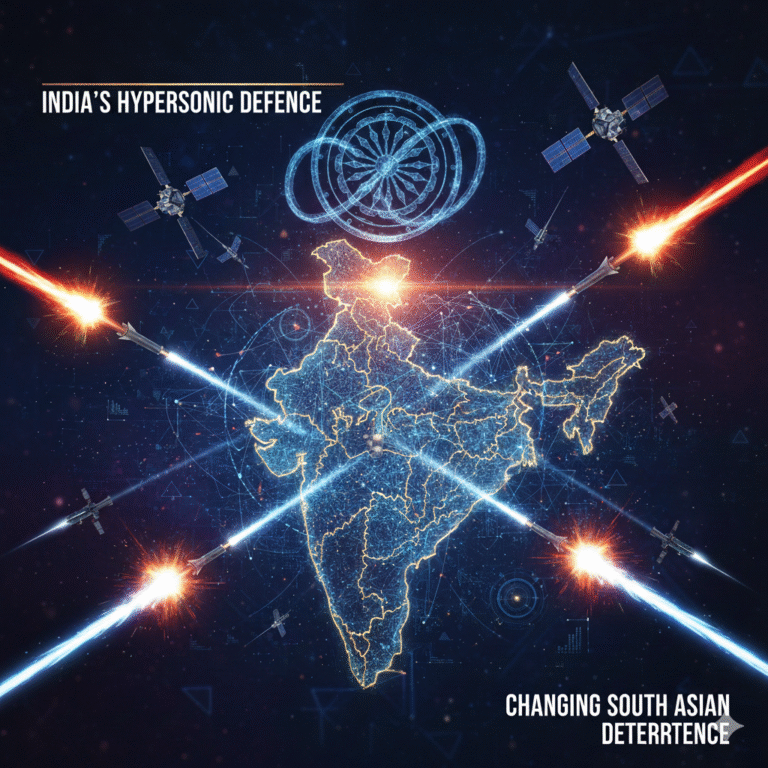
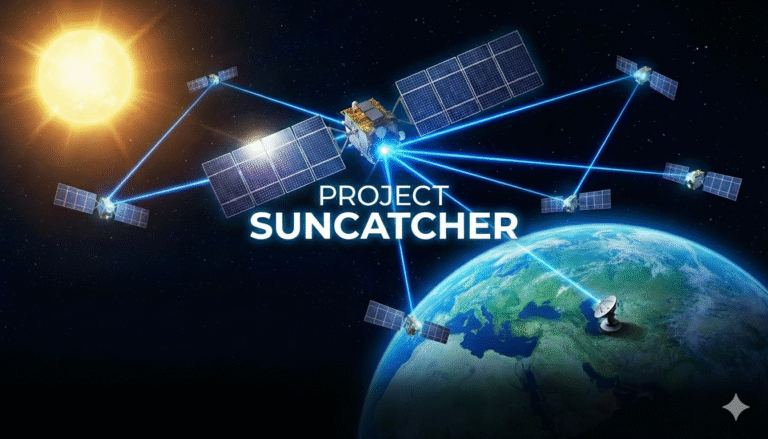





+ There are no comments
Add yours